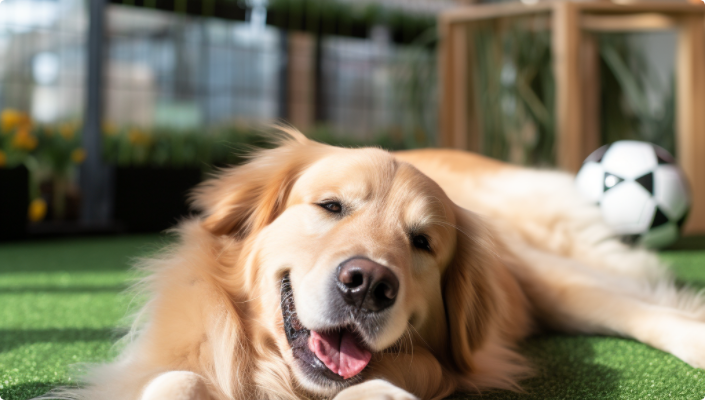
- Afrikaans
- Arabic
- Belarusian
- Bengali
- Czech
- Danish
- Dutch
- English
- Esperanto
- Estonian
- Finnish
- French
- German
- Greek
- Hindi
- Hungarian
- Icelandic
- Indonesian
- irish
- Italian
- Japanese
- kazakh
- Rwandese
- Korean
- Kyrgyz
- Lao
- Latin
- Latvian
- Malay
- Mongolian
- Myanmar
- Norwegian
- Persian
- Polish
- Portuguese
- Romanian
- Russian
- Serbian
- Spanish
- Swedish
- Tagalog
- Tajik
- Thai
- Turkish
- Turkmen
- Ukrainian
- Urdu
- Uighur
- Uzbek
- Vietnamese
Understanding the Typical Expenses for Installing Artificial Turf in Your Yard
Oct . 15, 2024 00:52 Back to list
Understanding the Average Cost of Turf
When considering upgrading your lawn or outdoor space, one option that frequently comes to mind is turf. Whether for residential use, playgrounds, sports fields, or commercial landscaping, turf presents an appealing alternative to traditional grass. However, it is essential to understand the average cost of turf to make an informed decision.
What is Turf?
Turf typically refers to a grass surface that has been cultivated, maintained, and can be installed for various purposes. It comes in two primary types natural grass and artificial (or synthetic) turf. Natural grass is grown from seed and nurtured, while artificial turf is manufactured from synthetic fibers designed to mimic the appearance of natural grass.
Average Cost Breakdown
1. Natural Turf Installation The cost of natural turf varies based on several factors, including location, type of grass, and the size of the area to be covered. On average, you can expect to pay between $0.50 to $2.00 per square foot. This estimate typically includes the cost of sod, delivery, and installation. For a standard yard of around 1,000 square feet, homeowners might anticipate spending anywhere from $500 to $2,000. Additional costs such as soil preparation, irrigation systems, and ongoing maintenance need to be factored in as well.
2. Artificial Turf Installation The initial investment for artificial turf is generally higher than that of natural turf. The average cost ranges from $5 to $20 per square foot, which includes the material, delivery, and installation expenses. For a similar-sized area (1,000 square feet), costs could escalate to between $5,000 and $20,000. Despite this higher upfront price, many find that artificial turf requires less maintenance and has a longer lifespan than natural grass, which can make it a cost-effective option over time.
Factors Affecting Cost
average cost of turf

Several variables can impact the final pricing of turf, whether it's natural or artificial
- Type of Turf Different varieties of grass or types of synthetic materials come with varying price tags. High-quality grass species or specialized turf types (e.g., for sports) tend to be more expensive. - Site Preparation The condition of the ground where the turf is to be laid can affect costs significantly. Areas that require grading, drainage improvements, or significant soil amendments will incur additional expenses.
- Geographical Location Prices can differ based on local market conditions and labor costs. Urban areas often have higher prices due to increased demand and living costs.
- Installation Complexity If the layout includes curves, slopes, or requires intricate designs, labor costs can rise considerably.
Long-Term Considerations
When evaluating the cost of turf, it is equally important to consider long-term expenses. Natural turf may require regular mowing, watering, fertilizing, and pest control. In contrast, artificial turf, while higher in upfront costs, usually demands minimal maintenance, reducing long-term expenses significantly.
Conclusion
Ultimately, the decision to install natural or artificial turf should take into account both initial investment and long-term maintenance costs. Understanding the average cost of turf enables homeowners and businesses to make informed choices that best suit their landscape needs and budget constraints. Whether drawn to the lush beauty of natural grass or the low-maintenance appeal of synthetic options, weighing the costs and benefits will lead to a satisfying outdoor environment for years to come.
-
The Benefits of Artificial Turf for Indoors
NewsJul.15,2025
-
How Artificial Grass Suppliers Ensure Quality Products
NewsJul.15,2025
-
Artificial Grass and Pets: A Space for Relaxation
NewsJul.08,2025
-
Balcony & Outdoor Decoration with Artificial Grass
NewsJul.08,2025
-
Best Indoor Artificial Grass for Home
NewsJul.07,2025
-
Best Pet Turf for Dogs: Safe & Durable Artificial Grass Options
NewsJul.07,2025
Products categories









